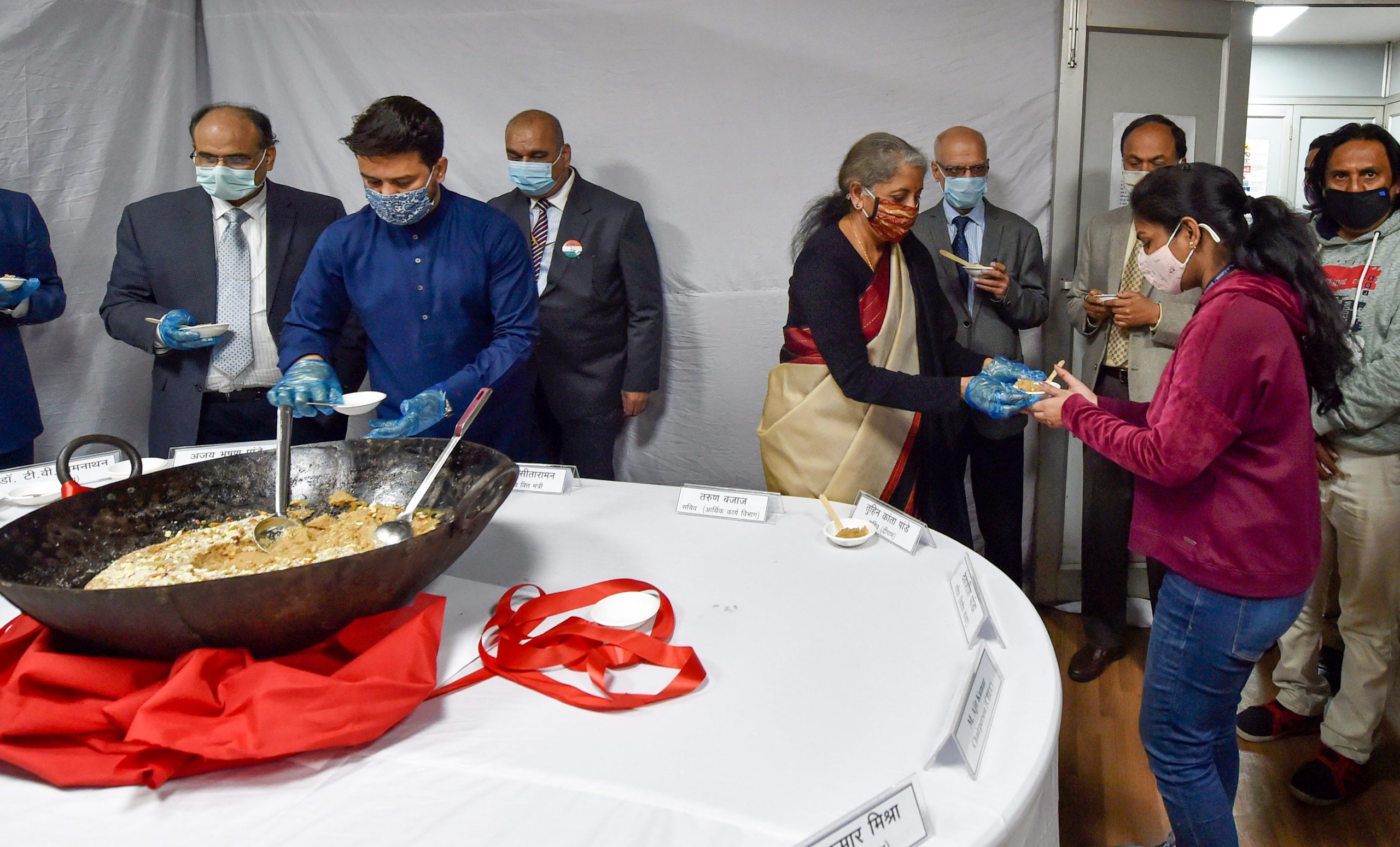On February 1, Finance Minister Nirmala Sitharaman will present the Union Budget in Lok Sabha, the lower house of Parliament. The Union Budget is a financial statement of the government that covers all the revenue and expenditure of the coming financial year.
Before knowing about the upcoming Union Budget, get yourself familiar with all the complex terms that are commonly used in the Budget Session.
Here are all the terms you need to know:
Gross Domestic Product: The Gross Domestic Product (GDP) is the total value of the output of all productive sectors in the economy of the nation, which is measured by the Central Statistics Office.
Union Budget: A Union Budget is a comprehensive report of the finances of the government, which contains revenues from all sources and outlays to all activities. The Union Budget also contains finance estimates of the government’s accounts for the next fiscal year, it is called ‘budgeted estimates.’
Also Read | What are the 3 kinds of government budgets?
The Union Budget presented by the government is a form of ‘Annual Financial Statement,’ an estimate of the government’s revenue and fiscal for the coming fiscal year that has to be presented before Parliament. A fiscal year runs from April 1 to March 31.
Capital Budget: A Capital Budget consists of all receipts and payments of the government. It consists of investment in shares, loans, and advances that have been granted to states by the central government, government companies, corporations, and others.
Also Read | Union Budget to go paperless in a first since independence: Report
Capital receipts are loans raised by the government from the public, the government’s borrowings from the Reserve Bank of India, treasury bills, divestment of equity holding in public sector enterprises. It also consists of loans received from foreign governments and bodies, securities against small savings, State provident funds, and special deposits.
Meanwhile, the Capital payments refer to expenditures on the construction of capital projects. It also includes the acquisition of assets like land, buildings machinery, and equipment.
Direct and Indirect taxes: Taxes that are levied on people directly, like income tax, corporate tax, etc are direct tax. However, taxes levied on goods and services, like excise duty and customs duty that are bought and used by customers, are indirect taxes.
Revenue Budget: The revenue budget in a Union Budget consists of revenue receipts of tax and non-tax revenue of the government and its expenditure.
Tax revenues consist of the taxes like income tax, corporate tax, excise duty, customs, service, and other taxes that are levied by the government. Meanwhile, the non-tax revenues include interest on loans, dividends on investments.
Finance Bill: The Finance Bill, presented right after the presentation of the Union Budget, stipulates all the legal amendments required for the changes in taxation, which is proposed by the Finance Minister. The bill details the imposition, abolition, alteration, or regulation of the taxes in the proposed Budget.
Fiscal policy: Through Fiscal Policy, the government adjusts its spending levels and tax rates, and aggregate levels of revenue and spending to monitor the country’s economy. The policy is implemented through the Budget and is the government’s primary means to control the economy.
Fiscal deficit: Fiscal deficit the total additional borrowings by the government every year to bridge the gap between its income and expenditure.
Revenue deficit: Revenue deficit is the difference between revenue expenditure and revenue receipt, showing the government’s current receipts shortfall over current expenditure.
Primary deficit: The difference between fiscal deficit and interest payments on previous borrowings by the government is Primary deficit. It shows how much borrowings by the government will go into meeting expenses other than the interest payments.






